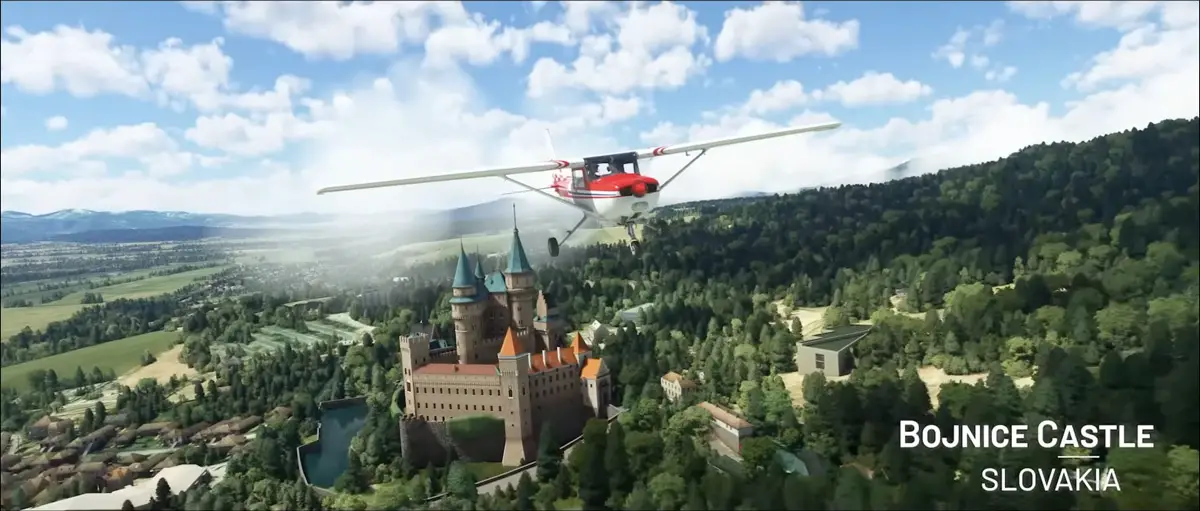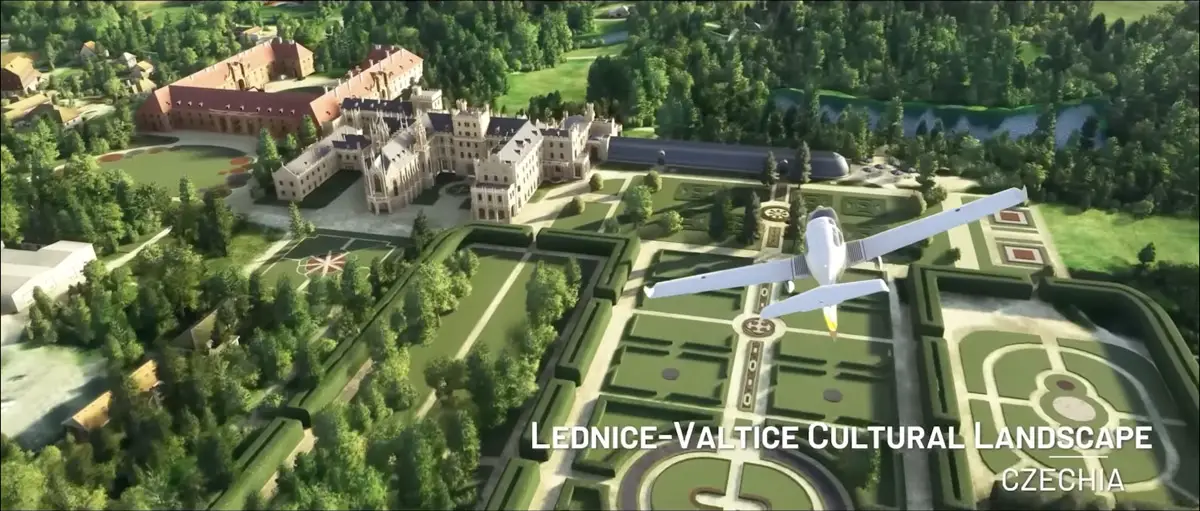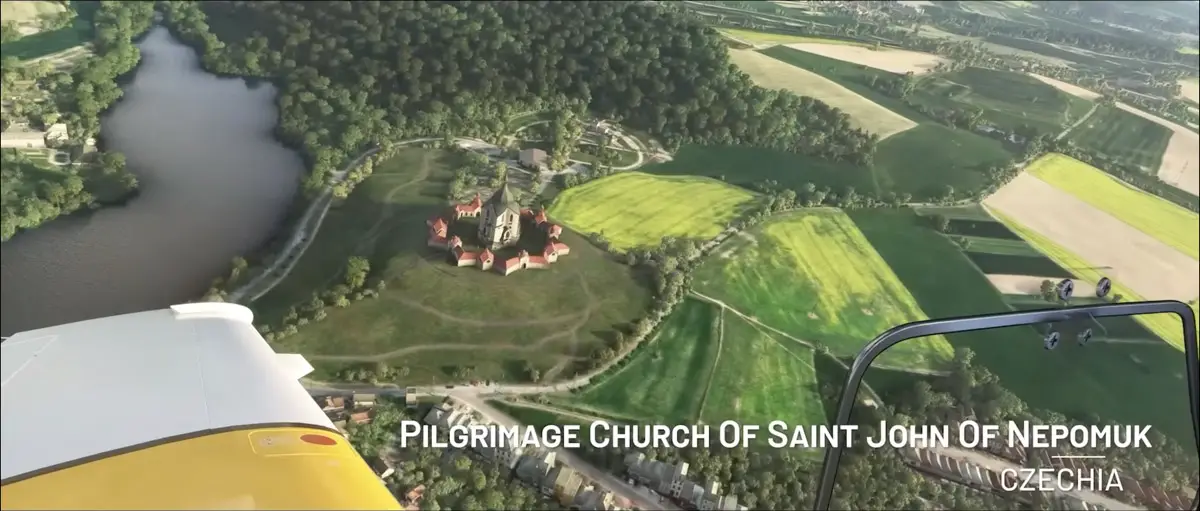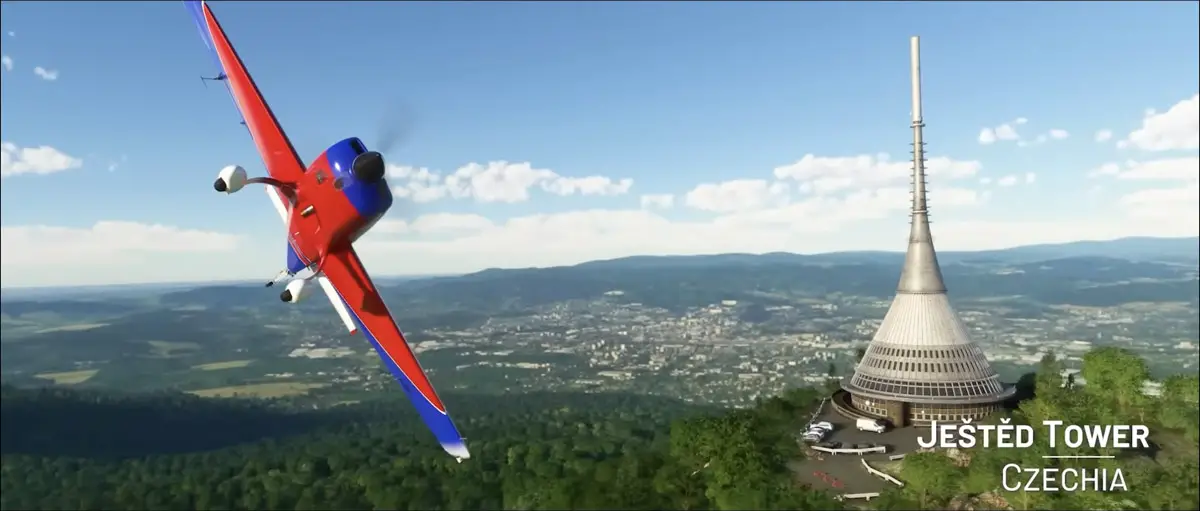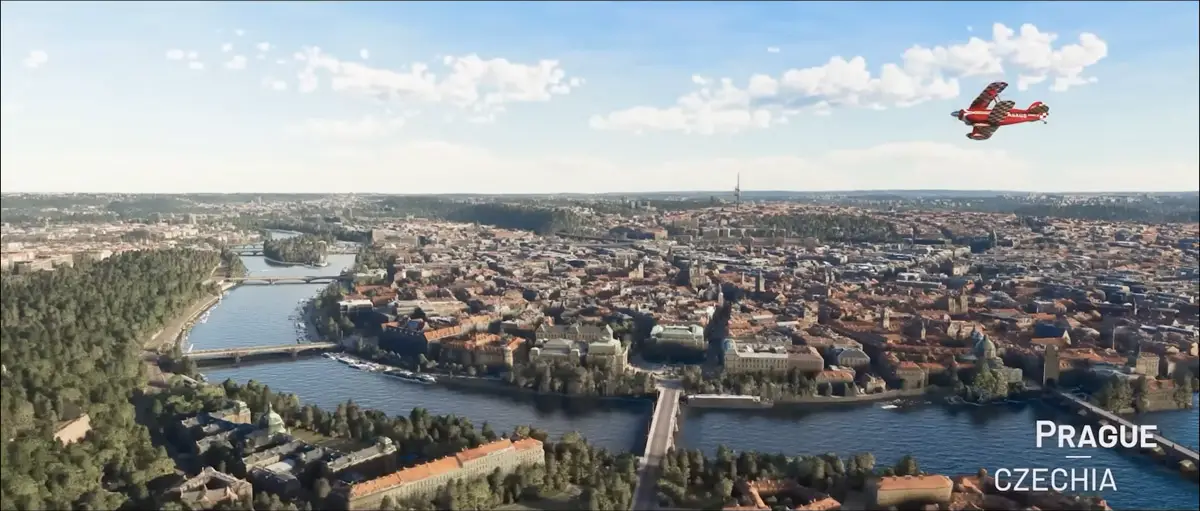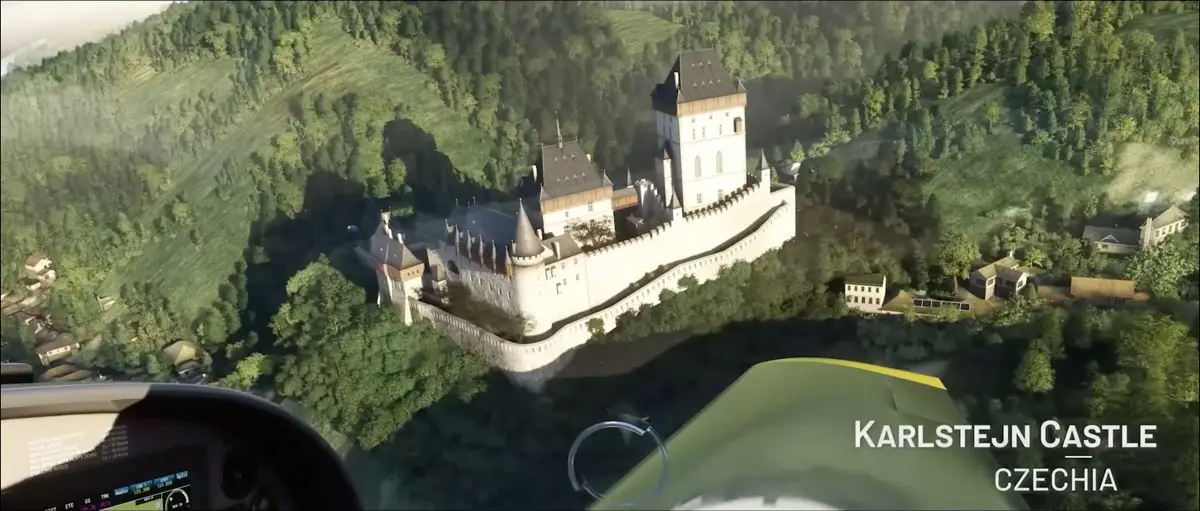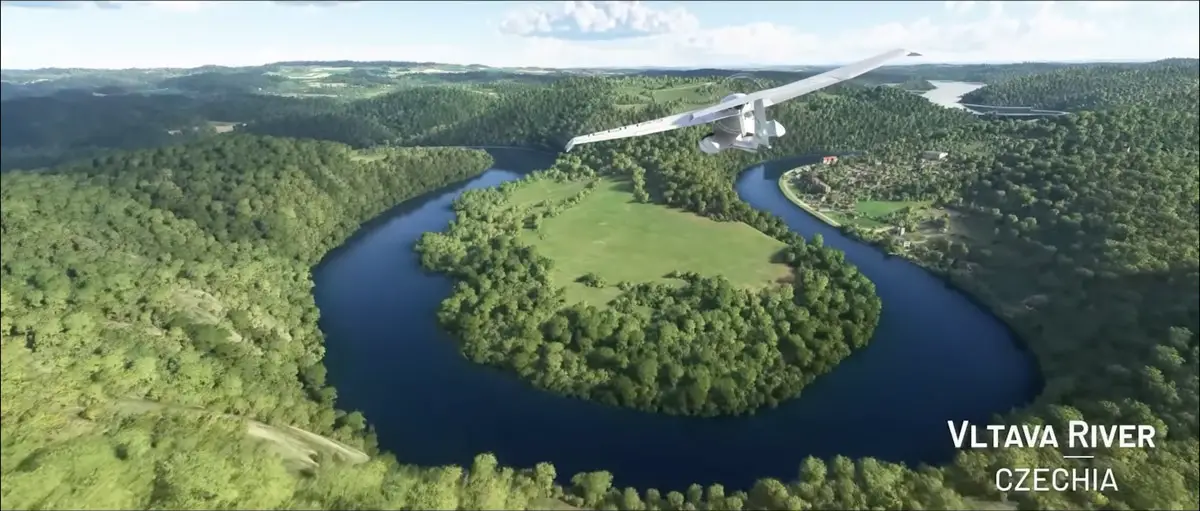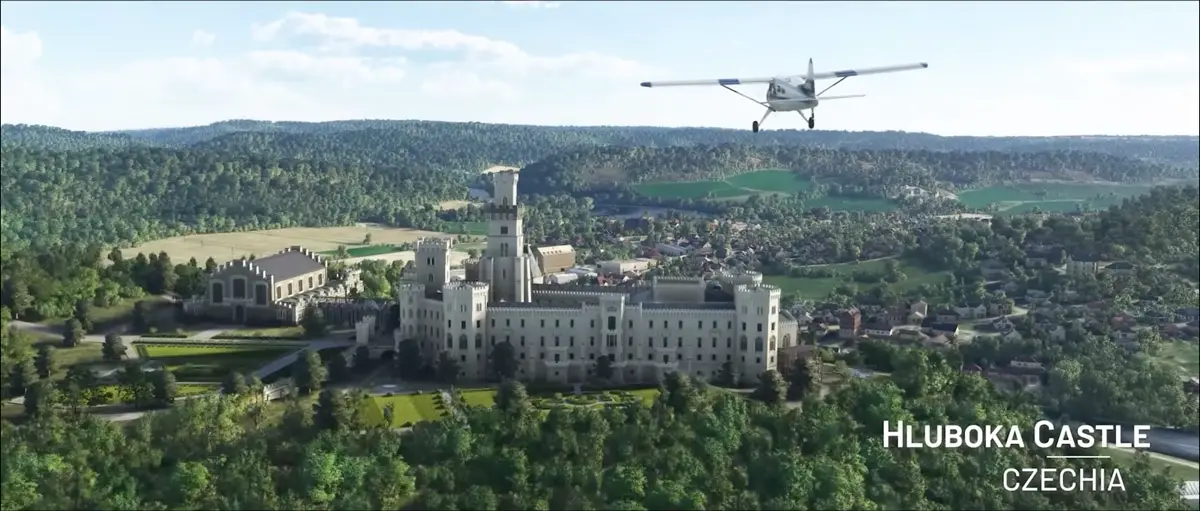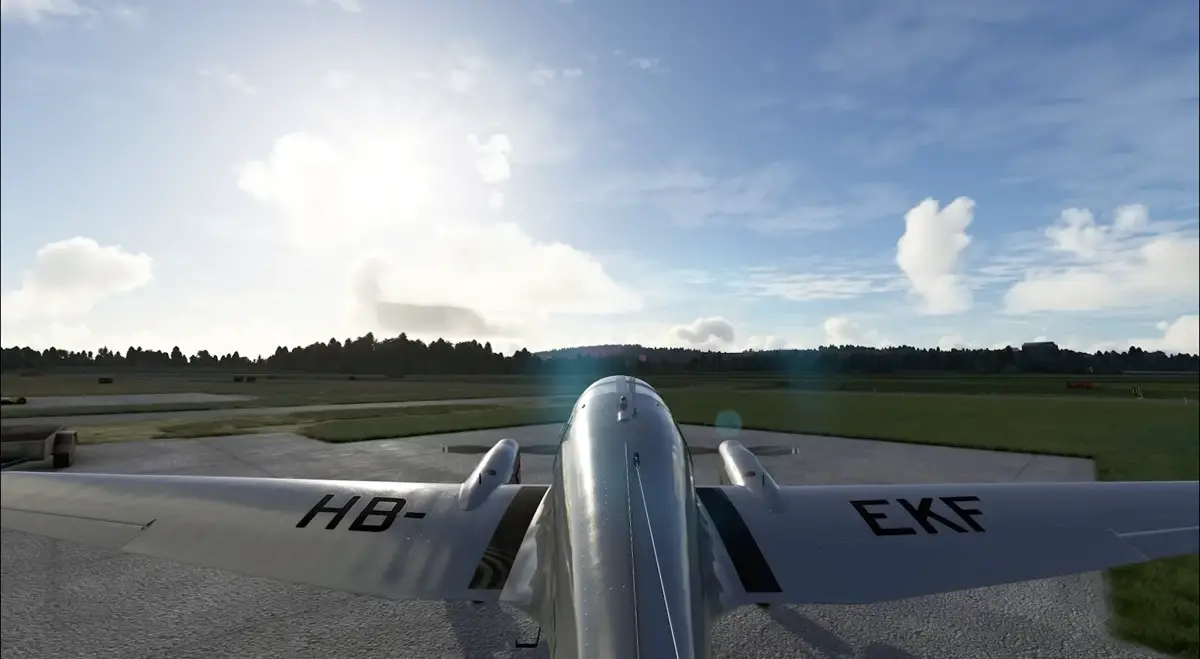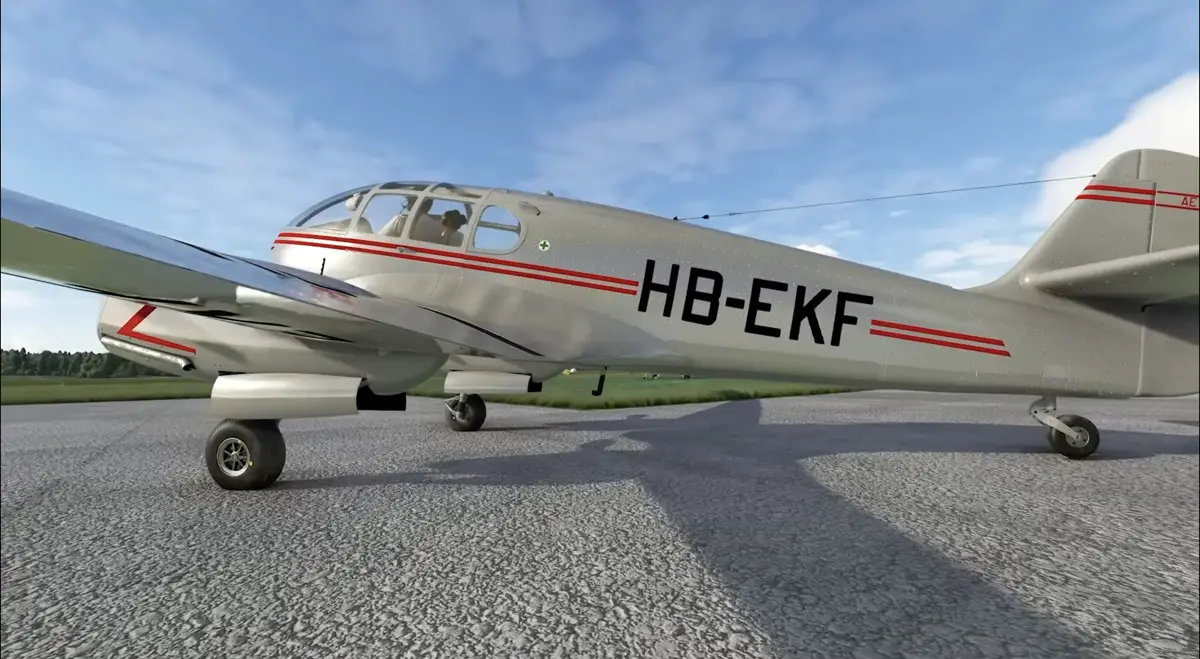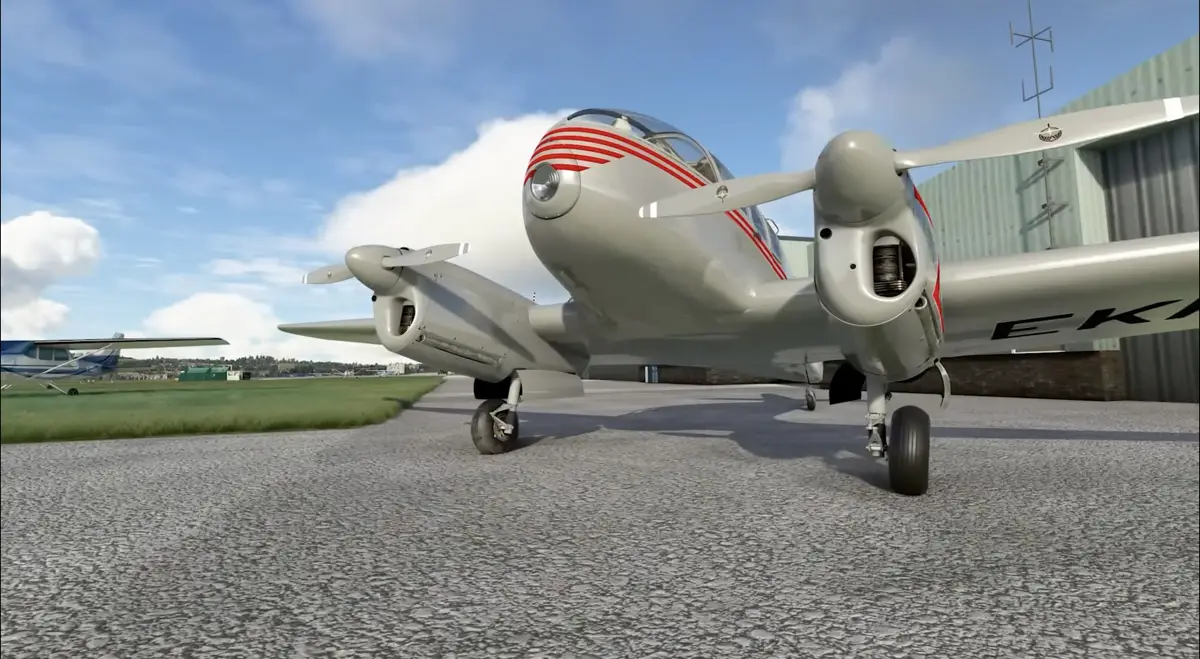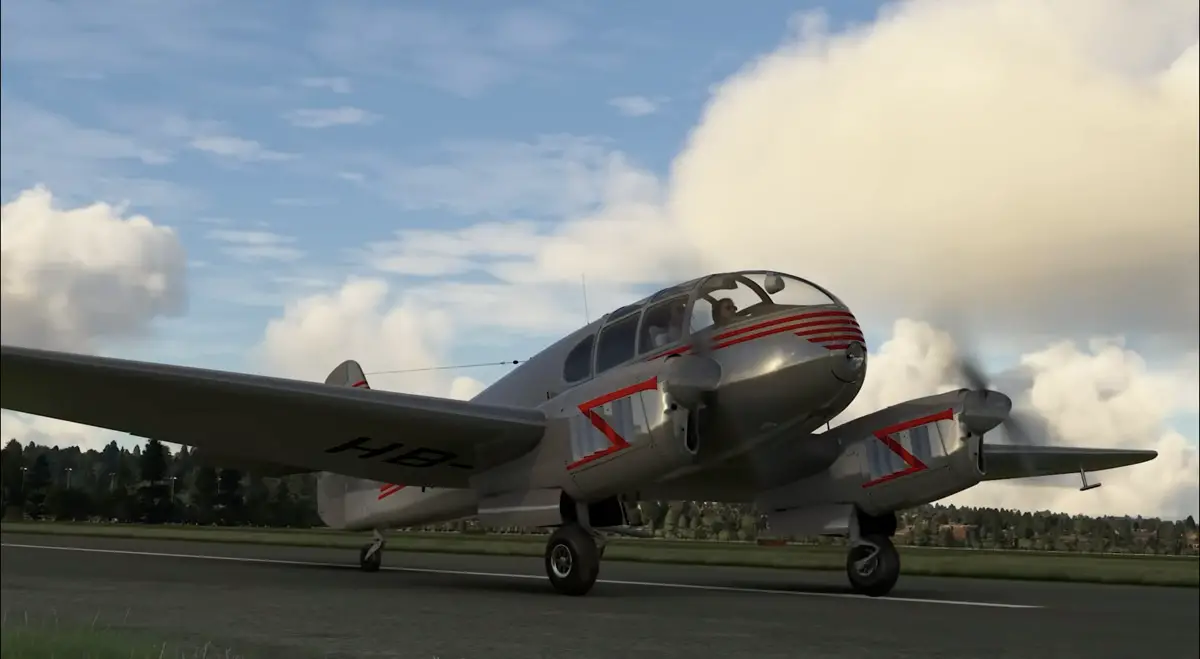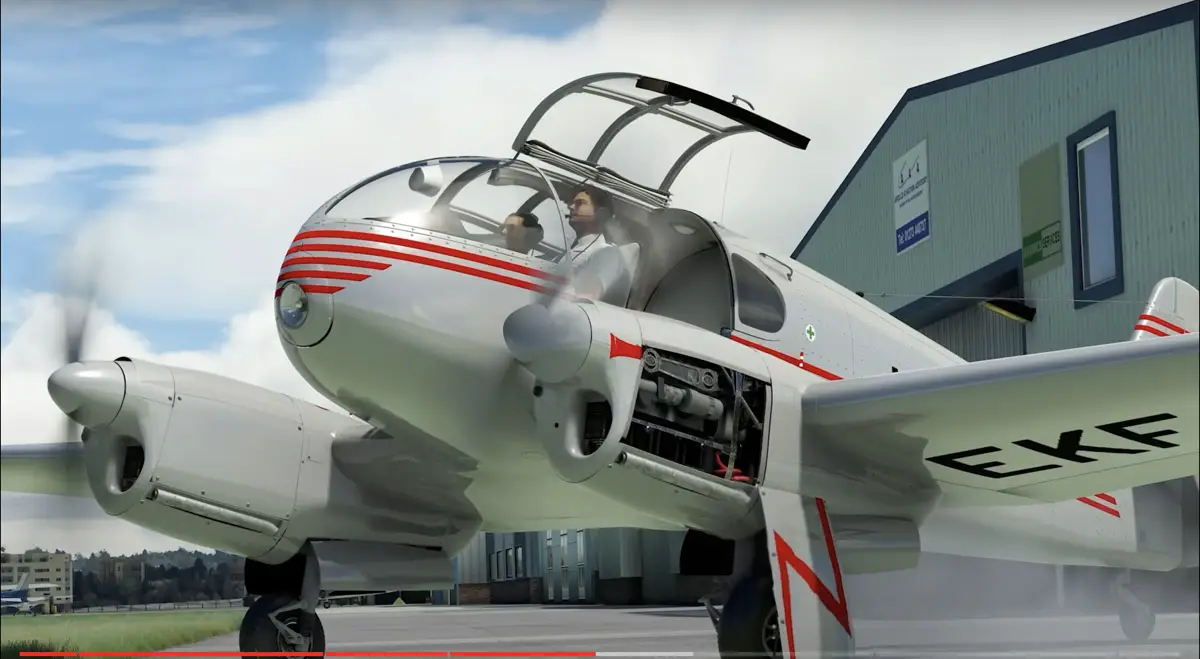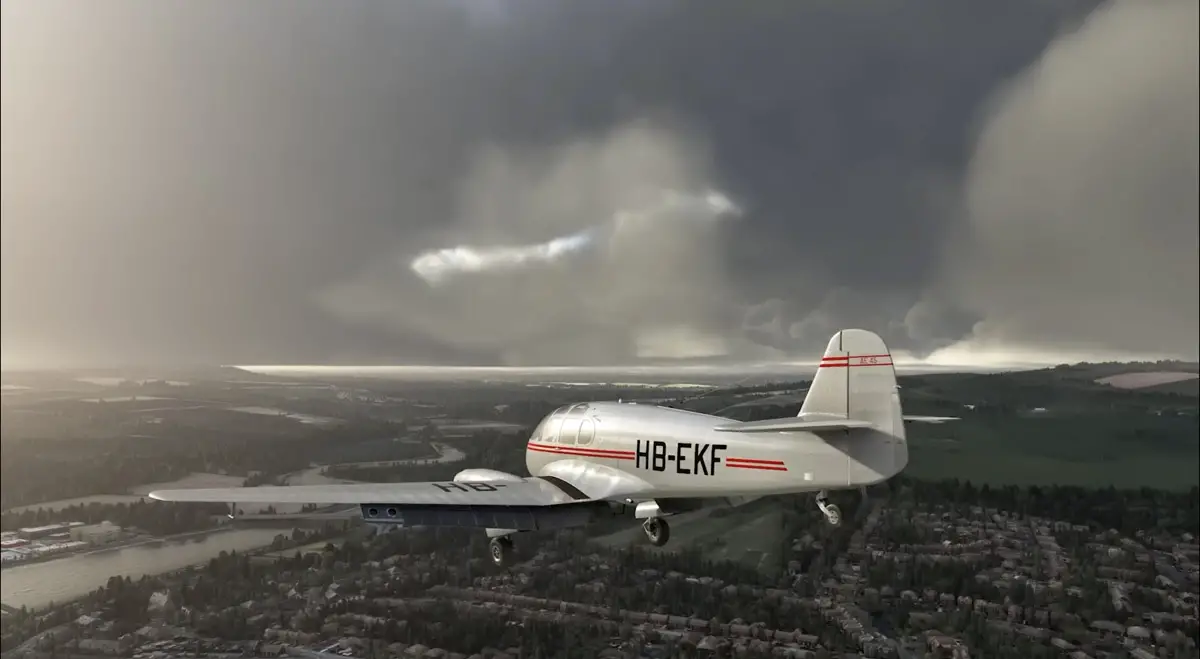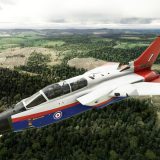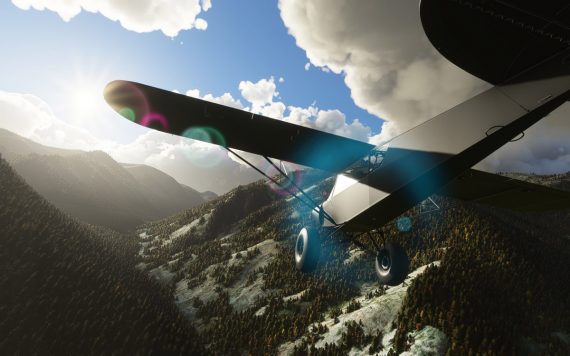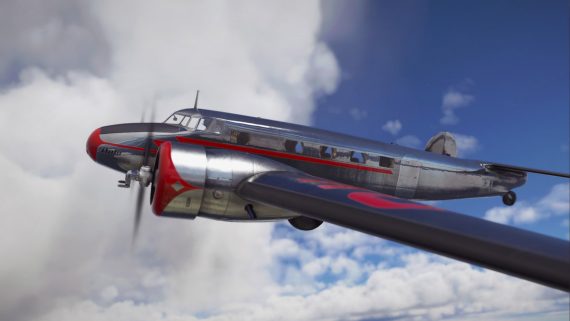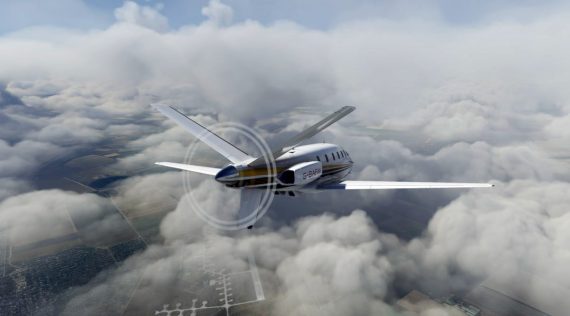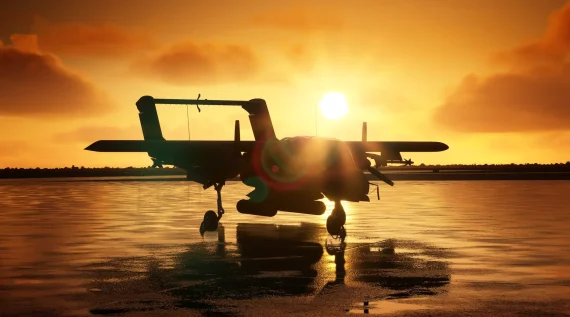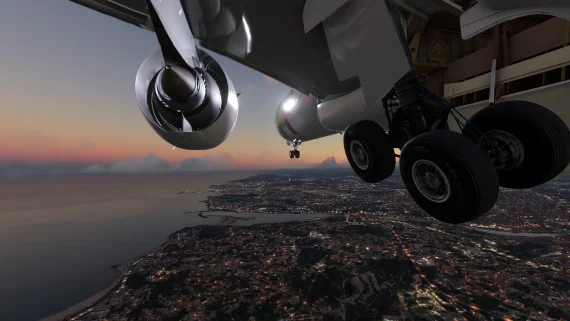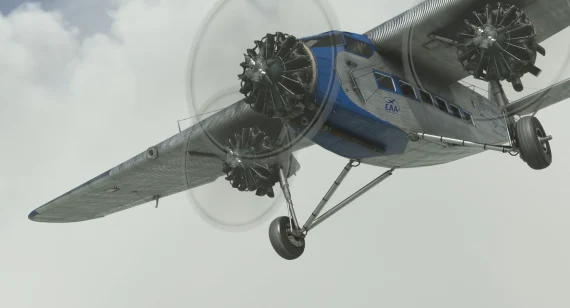MSFS World Update 14: Central Eastern Europe coming on July 25th
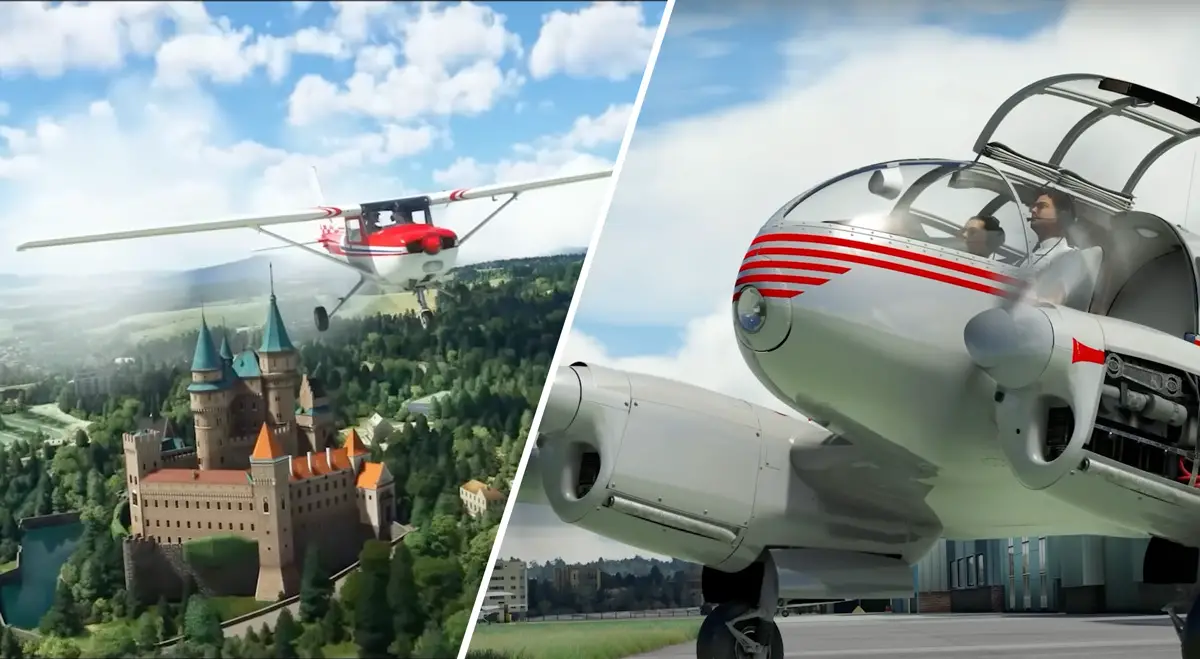
Summer is now in full force in the northern hemisphere and many are enjoying some well-deserved vacations after long months of hard work. This naturally includes the team working on Microsoft Flight Simulator, both on Microsoft’s and Asobo’s side, which means that, this month, there’s no Live Developer Stream to let us know all about the current status and development in the platform.
However, this hasn’t stopped Jorg Neumann from recording a shorter video that discusses some of the exciting recent additions to the sim and a bunch of cool stuff coming very soon, especially concerning a new World Update and respective Local Legend aircraft. Learn more below!
World Update 14: Central Eastern Europe
Following a pretty revealing teaser last May, Jorg has now confirmed that Microsoft Flight Simulator’s forthcoming World Update 14 has indeed its lens on Central Eastern Europe, a region steeped in history and culture. More specifically, the update features six countries in this region: Czechia, Slovakia, Hungary, Bosnia and Herzegovina, Slovenia, and Croatia.
World Update 14 will include 10 highly-detailed new cities, all rendered in photogrammetry to capture their real-world charm. From the Czech Republic, we have Brno, Pilsen, and the magnificent city of Prague, while Hungary is represented by its illustrious capital, Budapest. Bosnia showcases Banja Luka and Sarajevo, Slovenia features Ljubljana and Maribor, and the Croatian cities of Split and Dubrovnik round off the list.
In addition to the cities, World Update 14 comes with a suite of aerial updates, providing a more realistic, detailed aerial representation of these countries. Gaya Simulations is now again collaborating on this update, adding 103 Points of Interest and six new airports, offering players a richer, more immersive flying experience across these regions.
New Local Legend: the Aero Vodochody AE-45 and AE-145
Accompanying the World Update 14 is the inclusion of a local legend aircraft, the Aero 45, developed by Aeroplane Heaven. This classic plane from Czechoslovakia, although not very well-known outside the region, promises to offer quite an engaging and unique flying experience for simmers!
The Aero 45, along with its later prototype, the AE-145, presented the development team with a unique set of challenges, given that very few of these aircraft are left today, and early information about the plane is scarce. Barry Bromley from Aeroplane Heaven explained during the video that these challenges necessitated learning a significant amount of Czech to interpret the cockpit’s layout and functions. Owners of real Aero 45s generously provided pilot manuals and technical information, which was invaluable in achieving accurate flight modeling and systems.
The Aero 45 is a lightweight, twin-engine aircraft that emerged in the aftermath of World War II, a product of the determined efforts of a small group of engineers. The designation ’45’ refers to its seating arrangement, which accommodates two people in the front and three in the back.
This aircraft was known for its advanced features for the time, boasting a fast and agile performance that immediately endeared it to pilots. Powered by two four-cylinder Avia M 332 engines, its layout is similar to the British Gypsy engines found in De Havilland’s Tiger Moth and the Chipmunk trainers.
The post-war scarcity of materials in Czechoslovakia meant that a significant number of the Aero’s components were borrowed from German aircraft, including some cockpit gauges and controls, which originated from the Heinkel HE-111 bomber. Despite these challenges, the plane’s all-metal construction ensured that it was light, strong, and aerodynamically efficient.
The Aero 45 found success beyond Czechoslovakia, being exported to countries like the Netherlands, the UK, France, Australia, and even the United States. They were used in diverse roles, including military liaison transport, air ambulances, and mail delivery. Its short take-off and landing capability made it adaptable to a wide range of environments, making it a strong contender in the light aircraft market of the time, rivalling brands like Cessna and Piper.
The final version, the AE-145, was a supercharged variant and featured a more streamlined canopy and enhanced visibility. This aircraft had advanced features like electrically powered controls, automatic prop pitch controller, and the ability to reach 175 miles per hour and climb to 19,000 feet (7,000 feet on one engine). These specifications had seen the Aero 45 cover vast distances, including the Atlantic and the Indian Ocean.
The inclusion of the Aero 45 in Microsoft Flight Simulator provides an exciting opportunity for players to explore the intricacies of this historic aircraft while cruising through the beautiful terrains of Central Eastern Europe.
World Update 14, alongside the Aero 45, is set to launch very soon, on July 25, marking another exciting development in the Microsoft Flight Simulator universe. It’s time to save some time in your schedule for some adventures across Eastern Europe!






